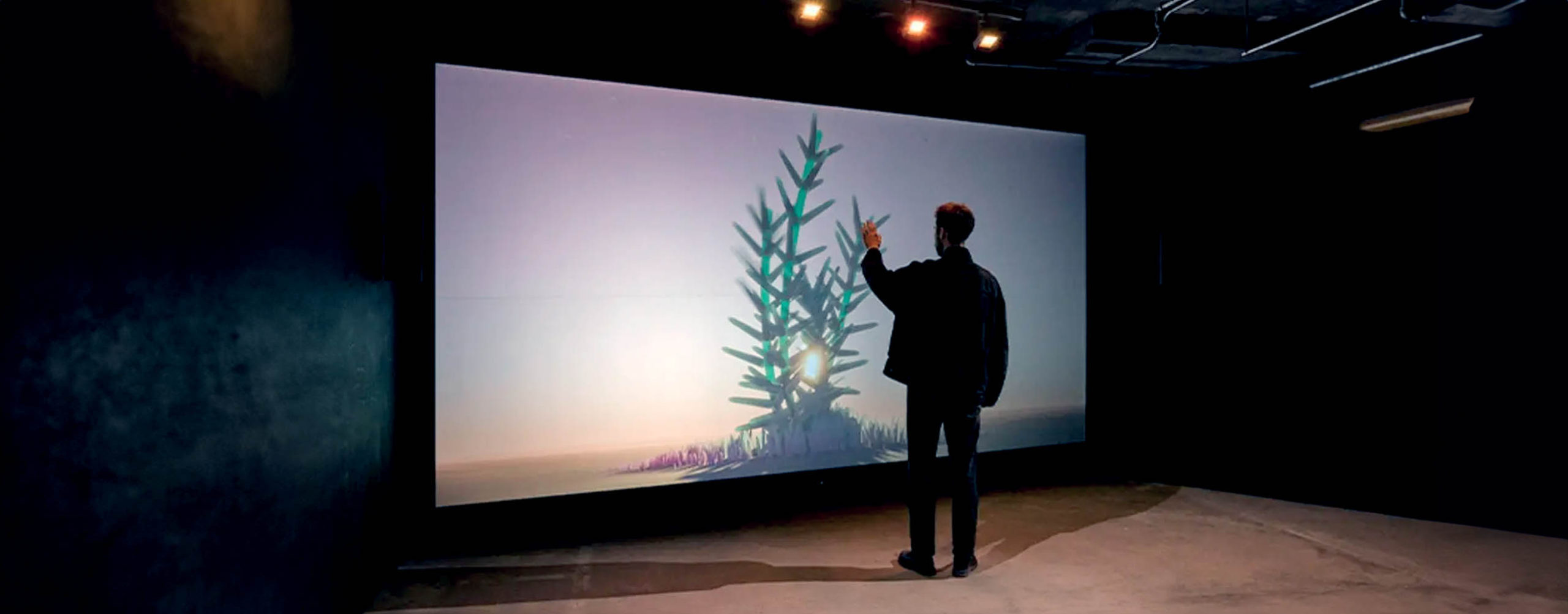More than 120,000 attendees from 100 different countries gathered in Barcelona this year to celebrate Sónar’s 30th anniversary. What makes this festival so transversely unique and interesting? We tell you about it here.
If we had to highlight one element of the world-renowned Sónar Festival it is that, throughout its 30-year history, it has been able to remain at the forefront of connecting art, science, and technology as a culturally valuable network and source of inspiration for different disciplines.
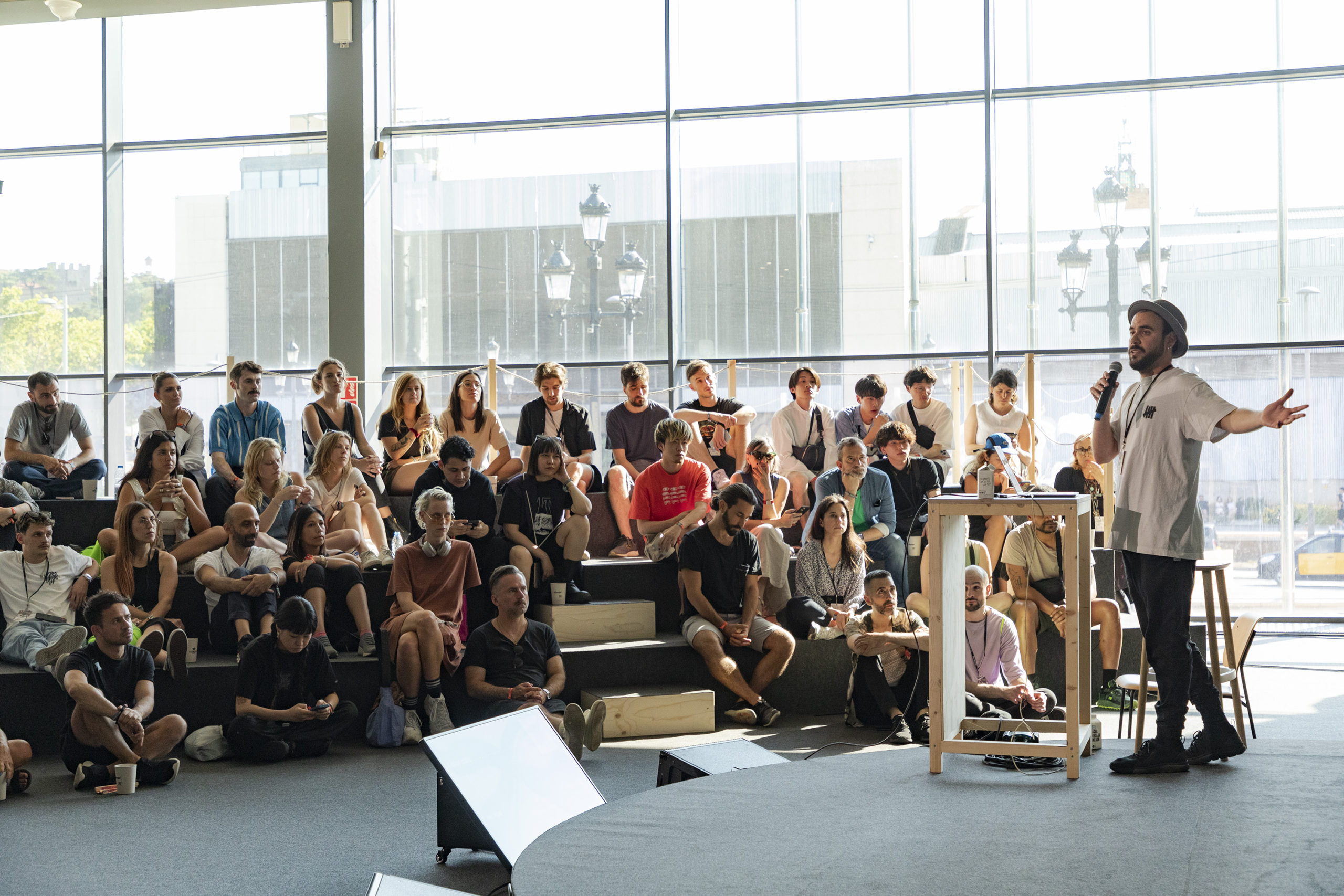
Its anniversary version was no exception, providing spaces for meeting, innovation and education in which 3,500 professionals and experts of various nationalities and ages gathered around creators from different parts of the world.
The words of Sergio Caballero, co-director and responsible for the festival’s image, sum up its spirit:
“When we set out the image of the festival to celebrate 30 years, as always and as is the nature of the festival, is to look to the future and not to the past, but also recognizing that there is a past. So, we worked with artificial intelligence precisely with all the old campaigns, but looking towards the future.”
Sonar + D is the festival’s initiative that aims to explore how creativity inspires our present, feeds on our past, and draws lines for possible futures. It is actually an international congress and fair, where professionals and amateurs of music, arts, technologies and sciences find their common ground. This year, the initiative invited attendees to interact around the application of AI to music and audiovisual production, along with its consequent ethical, industrial and social debates.
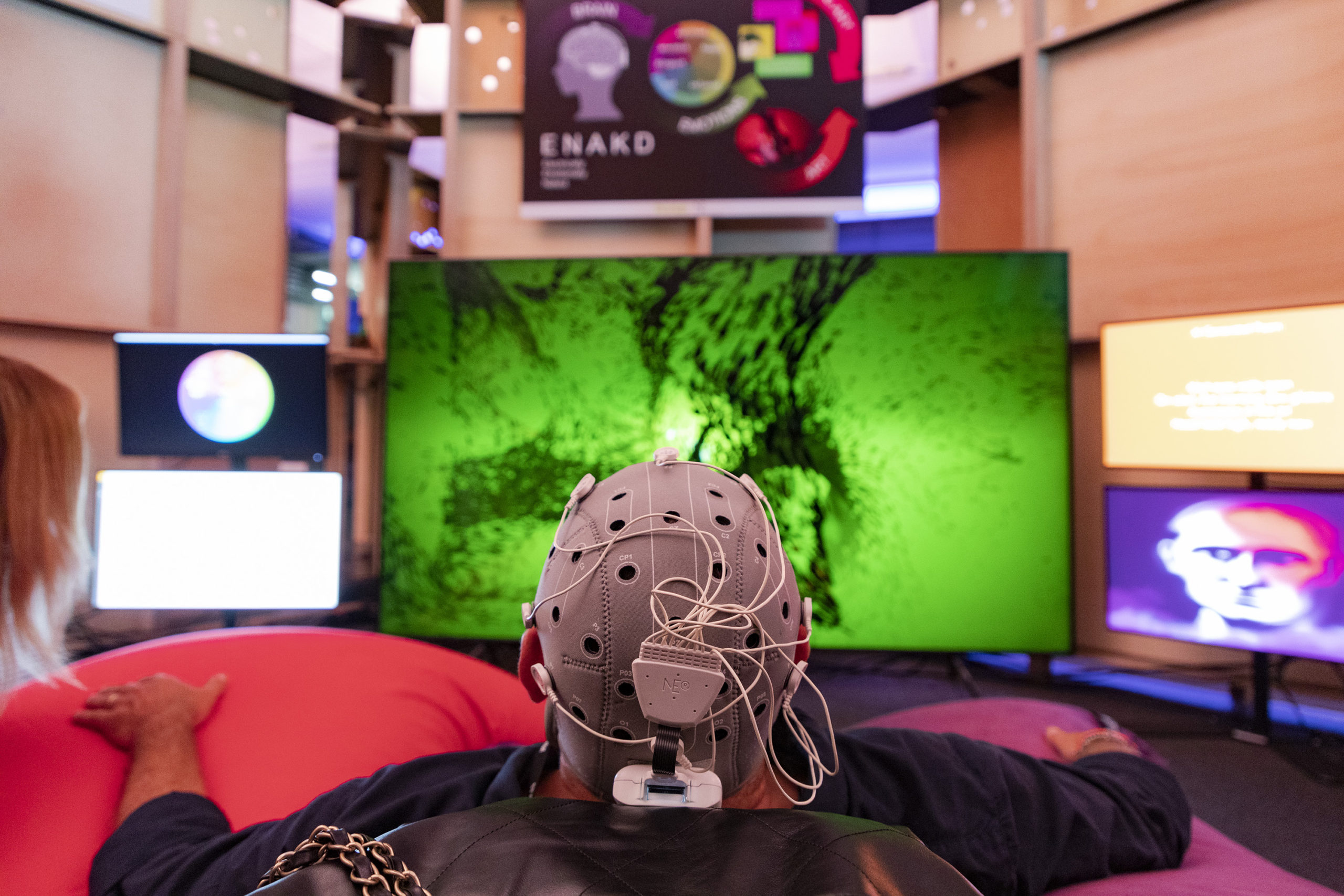
It is in this context that we had the opportunity to talk in more depth with some of the exhibitors of this year’s Project Area, whose work and dedication to bring music, science and technology to the public, weaving cultural networks around the world.
ANTONUS SYNTHS
This small local company from Barcelona, impresses with their impeccable work developing sequencers inspired by the ARP 2600, and taking them to the next level. All their work is done by hand by three specialists, who are also passionate about conveying the team’s philosophy.
“We love what we do, we love the music and what we make, so for us it’s really important to pass on the knowledge and share it” (Antonys Synths team).
Despite being a family business, their equipment is sold all over the world, and they have the support of the family that originally created ARP.
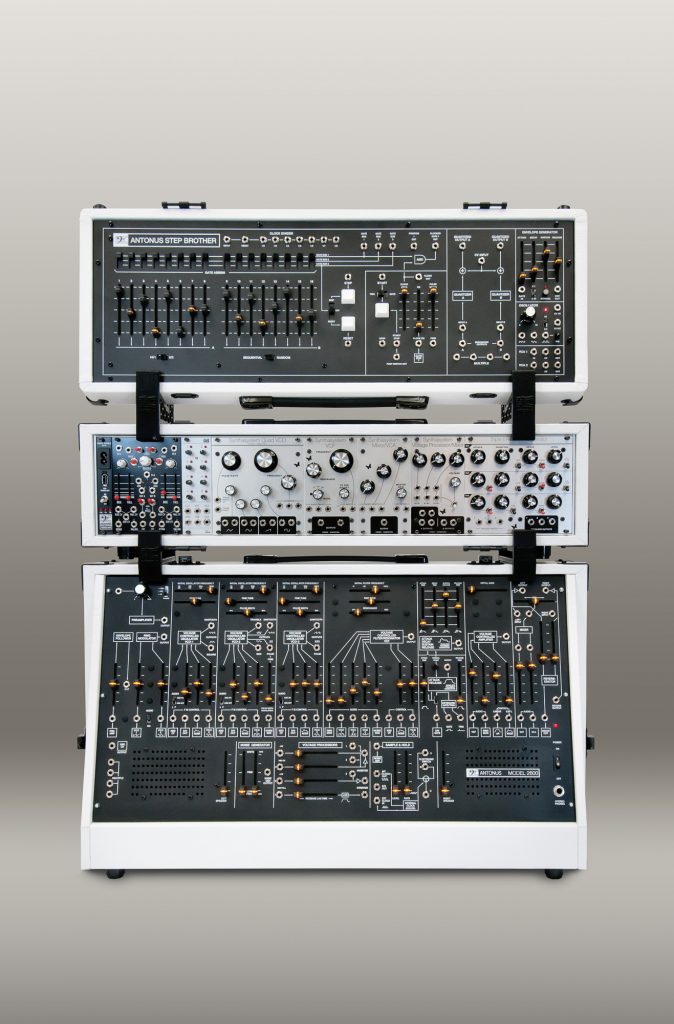
BASTL INSTRUMENTS
From the Czech Republic, Bastl Instruments creates different types of instruments, modular and semi-modular synthesizers, along with stand-alone units for creating music.
While their production range is quite wide, they explain that their instruments are mainly for people who already have experience creating electronic music and are looking for something that other companies can’t offer.
“Our products are for a more demanding user, and those who are leaning towards something more experimental” (Bastl Instruments team).

HYPHA
It is a deliciously sensory virtual reality work developed in Santiago, Chile, produced by Nanai Studio from an artistic residency at the Mushroom Museum.
The immersive experience, designed to be viewed through virtual reality headsets, allows the user to observe the complete life cycle of the fungi kingdom, focusing specifically on the concept of bioremediation, which is the unique ability of the fungi kingdom to transform, regenerate and rehabilitate our ecosystem.
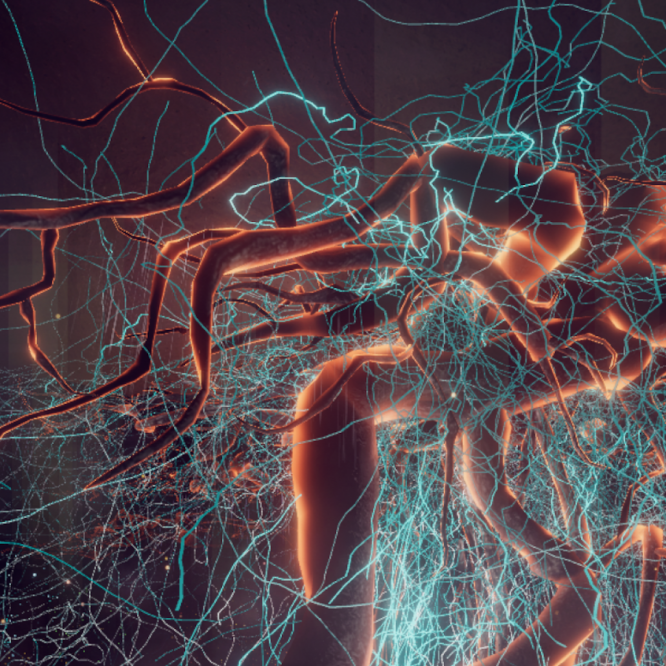
With a strong call for attention to the imbalance we humans generate in the environment, Hypha proposes that we learn from the fungi kingdom the alternatives available to be able to have a more positive impact on our environment.
“We worked with mycologists, scientists and researchers to develop the play’s narrative.” (Selva Gonzalez, executive producer).
CHEMICAL ECOSYSTEM
Chemical Ecosystems is a fascinating olfactory and sound work by artist Yolanda Uriz. It is a series of artifacts of organic forms that collect chemical particles from the air around them through specialized sensors, responding by translating the particles into sounds and smells emanating from them. In a way, it emulates the interaction of certain living organisms, which communicate through pheromones.
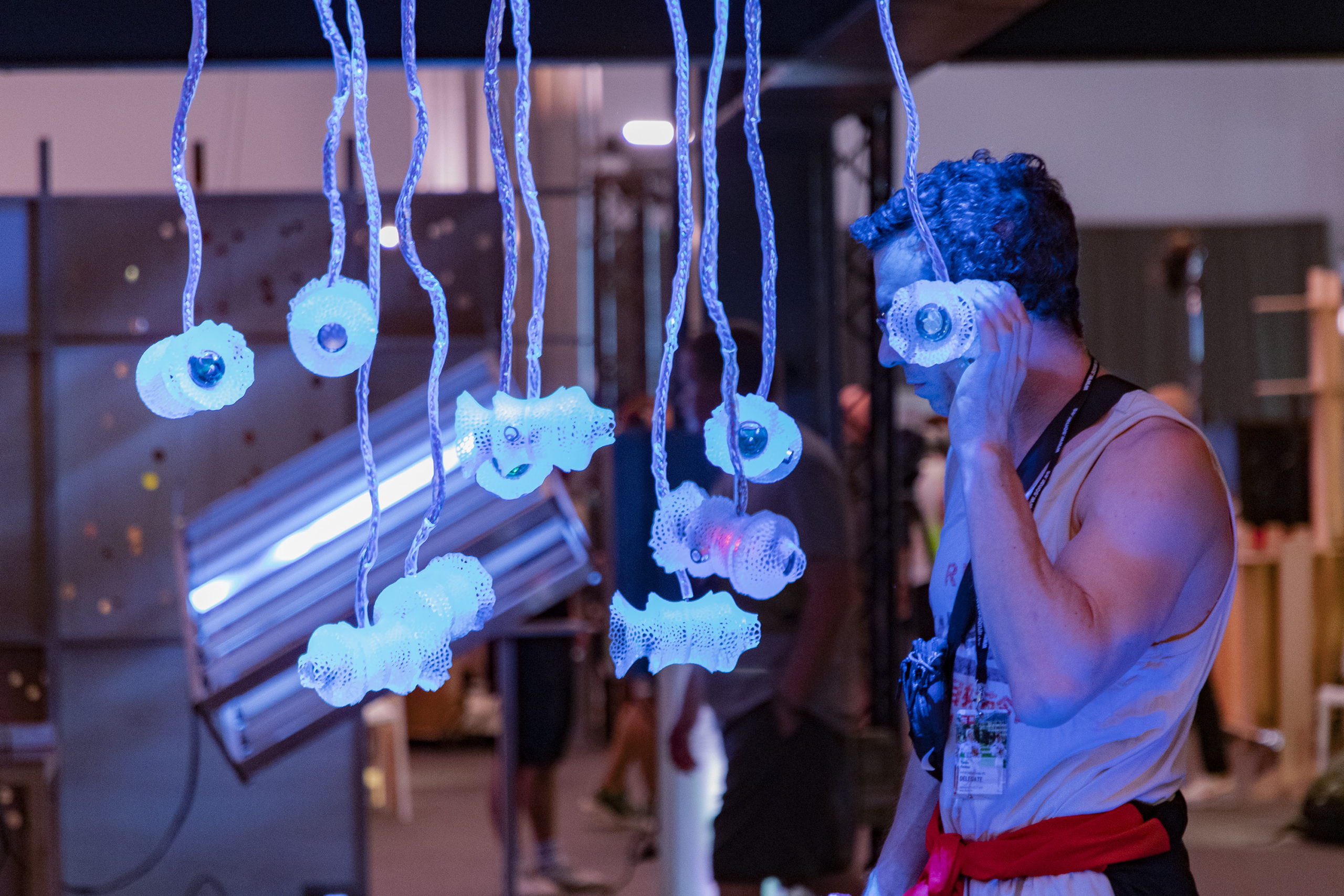
WASTELANDS, ESPACIOS RESONANTES
Artistic research project that explores the acoustics and sounds of abandoned industrial spaces, to use them for artistic creation. The creators of the project, Chileans Mathias Klenner and Sofía Balbontín, embarked on an acoustic journey through Europe and Chile, searching for and collecting sounds in these places of human reminiscences, in which they perform sound interventions. “We went into an oil tank in Scotland, which has the largest echo in the world, for example, which was crazy,” says Mathias.
From the material they have created installations and performances around the world, and has found an outlet for virtual reality by the hand of Joan Lavandeira, who has transferred the sound research to the level of video games, developing an immersive experience of spatial sound that has been awarded as the most innovative video game in major fairs in Spain.
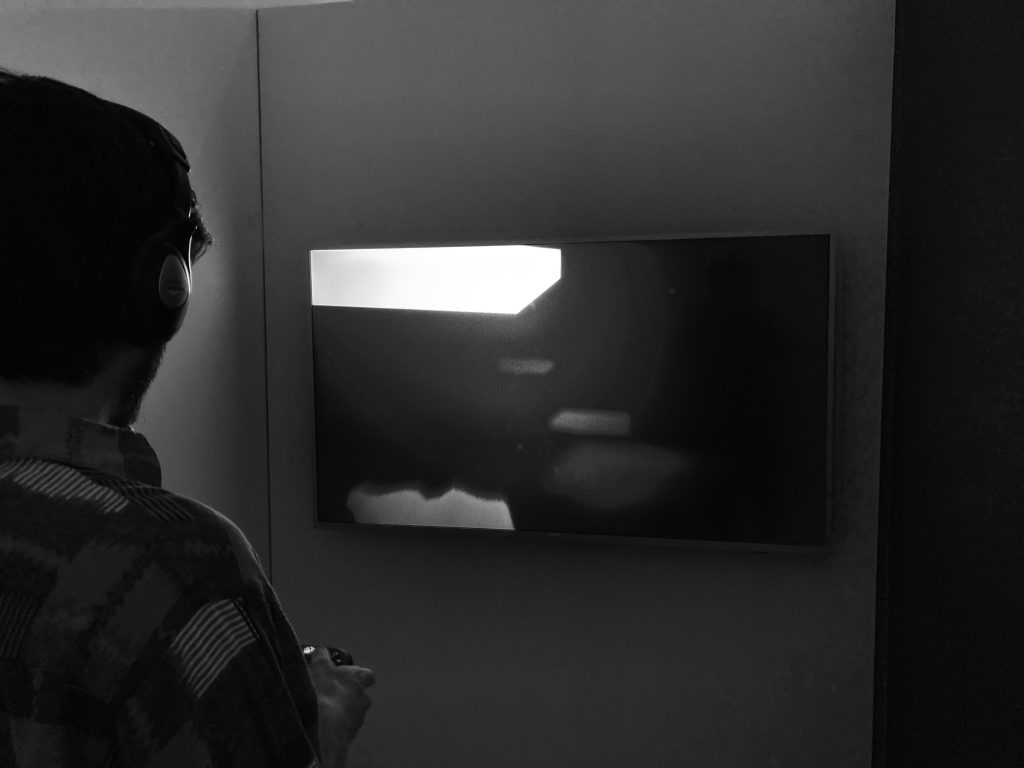
As Mathias comments, the project has an important message for the audience, beyond the captivating experience:
“There is a political charge in this project. For us these are monuments, in a way, “monuments”, of human society that have been abandoned. Industrial spaces for oil, for gas, for coal, for floods, that somehow show the history of the last century of the human being. On the one hand the progress, and on the other hand the decadence. And also how nature has reactivated them.”
Sónar’s 30th anniversary celebrations will continue in September, with the festival curating the soundtrack to La Mercé’s Piromusical, and will return to fill Barcelona with art, science and technology in June next year.
